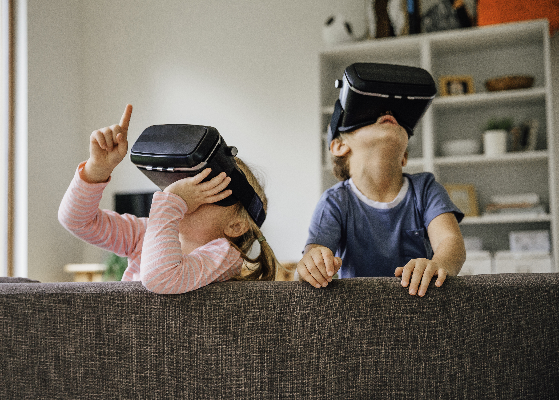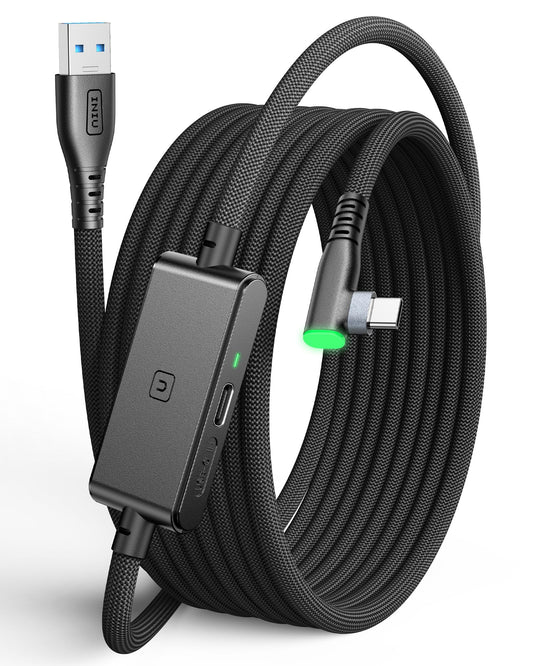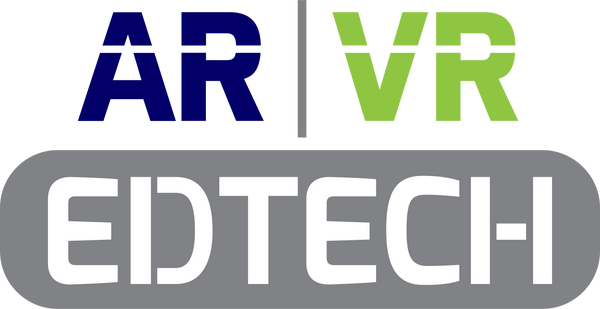
Education Technology
Share
Revolutionizing Learning: The Power of Education Technology
Education technology, or EdTech, is changing the way we learn and teach. It's making classrooms more exciting and helping students learn in new ways. Let's explore how EdTech is shaping the future of education.
Key Takeaways
| Aspect | Impact |
|---|---|
| AR and VR | Immersive learning experiences |
| STEM/STEAM | Hands-on problem-solving skills |
| Interactive Tools | Increased engagement and retention |
| Cloud-Based Solutions | Anytime, anywhere learning |
| Personalized Learning | Tailored education experiences |
The Evolution of Education Technology
Education technology has come a long way. It's not just about computers in classrooms anymore. Now, we have virtual reality, augmented reality, and smart devices that make learning more fun and interactive. Augmented reality lets students see things in 3D, while virtual reality can take them on virtual field trips to anywhere in the world!
The EdTech market is growing fast. Experts say it could be worth $549.6 billion by 2033. That's a lot of money! Schools are using more technology, especially in K-12 education. This means students from elementary to high school are getting to use cool tech tools to learn.
Cloud-based solutions are a big part of EdTech. These are programs that run on the internet, not just on one computer. They make it easy for students to access their work from anywhere and for teachers to share lessons and track progress. This shift to cloud-based learning has made education more flexible and accessible, allowing for continuous learning even outside traditional classroom settings.
AR and VR: Making Learning Come Alive
Imagine learning about dinosaurs by walking among them or exploring the human body by zooming inside it. That's what AR and VR can do for education. These technologies make learning more exciting and help students understand complex ideas better.

AR and VR aren't just for fun. They help students learn by doing, which often works better than just reading or listening. For example, a student learning about ancient Rome could walk through a virtual Roman city, seeing how people lived thousands of years ago. This immersive experience creates lasting memories and deeper understanding of historical contexts.
Moreover, AR and VR technologies are being used to simulate complex scientific experiments that might be too dangerous or expensive to conduct in a real-world setting. This allows students to gain hands-on experience in a safe, controlled environment, fostering a deeper understanding of scientific principles.
STEM and STEAM: Where Science Meets Creativity
STEM and STEAM education are big parts of modern learning. STEM stands for Science, Technology, Engineering, and Math. STEAM adds Art to the mix. These subjects help students learn to think creatively and solve problems.

STEM and STEAM kits let students build robots, create circuits, and do cool experiments. These hands-on activities make learning fun and help students see how what they learn in school applies to the real world. By integrating art into STEM subjects, STEAM education encourages creativity and innovation, preparing students for future careers that may not even exist yet.
Interactive Learning Tools: Making Education Engaging
Interactive learning tools are changing how students learn. These tools can be games, quizzes, or simulations that make learning more like play. They keep students interested and help them remember what they learn better.

For example, a circuit kit lets students learn about electricity by building their own circuits. It's much more fun than just reading about it in a book. These kinds of tools help students understand complex ideas by letting them see how things work with their own eyes. Interactive learning tools also provide immediate feedback, allowing students to learn from their mistakes and adjust their understanding in real-time.
Gamification: Making Learning Feel Like Play
Gamification is when we use game-like elements in learning. This could mean earning points for completing assignments, unlocking levels as you progress, or competing with classmates. It makes learning feel more like playing a video game.
Science kits often use gamification to teach complex topics. For instance, a chemistry set might have a "mission" for students to complete, turning a lesson into an adventure. This approach keeps students motivated and eager to learn more. Gamification also helps in developing soft skills like teamwork, problem-solving, and perseverance, which are crucial for success in the modern workplace.
Cloud-Based Solutions: Learning Anytime, Anywhere
Cloud-based learning tools are a big deal in EdTech. They let students access their work from any device with internet. This means learning can happen anywhere – at school, at home, or even on a bus!
EdTech Tool Effectiveness Scores
These tools also make it easy for teachers to share resources and track student progress. They can see who needs extra help and who's ready for more challenges. This helps teachers give each student the right kind of support. Cloud-based solutions also facilitate collaborative learning, allowing students to work together on projects in real-time, even when they're not in the same physical location.
Personalized Learning: Education That Fits You
One of the coolest things about EdTech is how it can personalize learning. Computers can track what a student knows and doesn't know, then give them lessons that fit their needs. It's like having a tutor that knows exactly what you need to learn next.

Personalized learning can use tools like robot kits. Students can build and program robots, learning at their own pace. This hands-on approach lets each student explore and learn in a way that works best for them. Personalized learning also helps in identifying and addressing learning gaps more effectively, ensuring that no student is left behind.
Hardware in Modern Classrooms
Hardware is a big part of EdTech. This includes things like computers, tablets, and special learning devices. These tools help bring lessons to life and give students hands-on experience with technology.

For example, VR headsets can take students on virtual field trips. Accessories like special pens or controllers can make it easier to interact with digital content. These tools make learning more interactive and engaging. The integration of hardware in classrooms also prepares students for a technology-driven world, giving them familiarity with tools they might encounter in future careers.
Preparing for a Digital Future
EdTech isn't just about making learning fun. It's also about preparing students for a world where technology is everywhere. By using tech in school, students learn skills they'll need in future jobs.
Schools are teaching things like coding, digital citizenship, and how to use different software. These skills will help students in whatever career they choose. Our mission is to provide tools that help students learn these important skills. By integrating technology into education, we're not just teaching subject matter, but also critical thinking, adaptability, and digital literacy – all crucial skills for the 21st century workforce.
The Future of EdTech
The world of EdTech is always changing. New technologies are coming out all the time, bringing new ways to learn and teach. Here are some trends we might see in the future:
AI in Education
Artificial intelligence to personalize learning experiences
Virtual Reality
Immersive learning environments for enhanced engagement
Adaptive Learning
Personalized learning paths based on student performance
Gamification
Game-based learning to increase motivation and retention
As EdTech continues to grow, we can expect to see more personalized learning, more use of AI in education, and new ways to make learning fun and effective. The goal is to help every student learn in the way that works best for them. We might also see increased use of blockchain technology for secure and transparent record-keeping in education, and the integration of Internet of Things (IoT) devices to create smart, responsive learning environments.
Conclusion
Education technology is changing how we learn and teach. From AR and VR to STEM kits and personalized learning, EdTech is making education more exciting and effective. As we look to the future, we can expect even more amazing tools to help students learn and grow. The world of education is becoming more high-tech, and that's good news for learners everywhere! With these advancements, we're not just changing how we teach and learn; we're preparing students for a future where adaptability, technological literacy, and lifelong learning are key to success.
